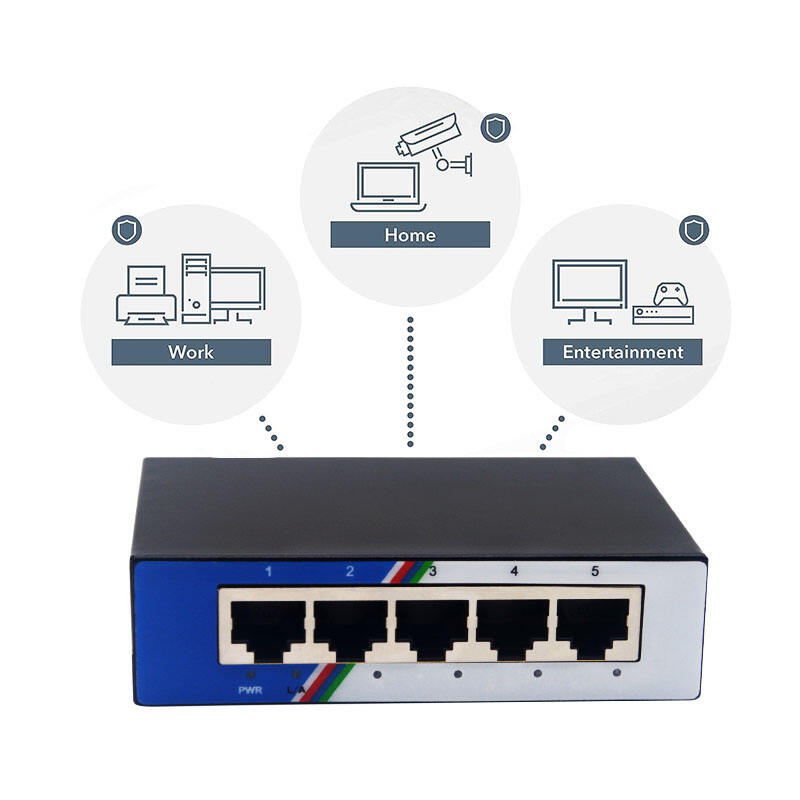
Unlike residential ones, enterprise-level networks employ a commercial class network switch, because this type of switch is needed in these settings. These switches facilitate wide range of functionalities some of which include but are not limited to reliability and serviceability features, VLAN (Virtual Local Area Network) configuration, QoS (Quality of Service) settings, enhanced speed of data transmission and improved overall system security. Enterprise switches are utilized in large corporate networks, Campus networks, and data centers. In large enterprises composed of several divisions with employee population running into thousands, enterprise vlan switches help manage and control network traffic across various buildings, divisions and servers within an organization. Besides, it can support essential business applications such as ERP and video conferencing and guarantees the optimal functioning of the enterprise network. Therefore, big organizations have their networking concerns taken care of.
